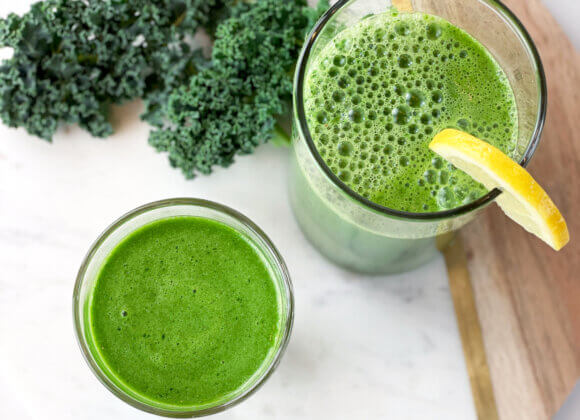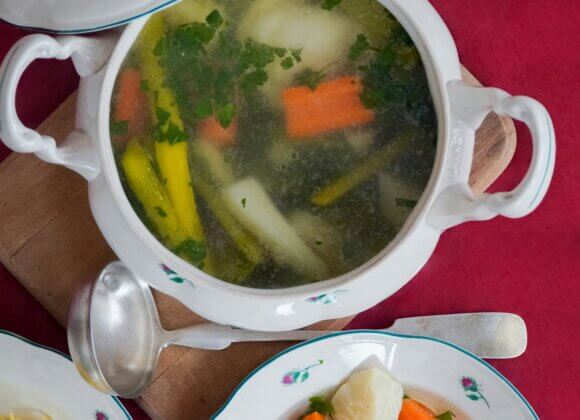In addition to freezing, pickling, preserving and fermenting, dehydrating is very popular when it comes to preserving fruit, vegetables, herbs and other foods.
What is drying?
Dehydrating is one of the oldest methods of preserving food. It involves slowly removing moisture from the food. Specifically, the water content of fruit, for example, is reduced from over 80 percent to less than 15-20 percent – this prevents spoilage by mold and bacteria. At the same time, vitamins and taste are largely retained, which is one of the reasons why dried fruit and vegetables are so popular as a healthy snack.
How can you dehydrate?
Basically, any warm place is suitable for drying fruit, vegetables, herbs, mushrooms and meat. This can be the attic in summer or the space above the tiled stove in winter. However, food is usually dried in the oven or a dehydrator. Speaking of ovens: do not close the door completely when dehydrating so that the steam can escape from the oven.
Which foods can be dried?
There is a wide range of foods that can be dried: in addition to numerous types of local fruit such as apples, pears, apricots, plums and berries, oranges, figs, bananas, mangoes, papayas and kiwis can also be preserved in this way.
The same applies to vegetables such as tomatoes, zucchinis, peas, carrots, leeks, onions or broccoli, mushrooms and even meat. (Medicinal) herbs can also be dried, for example chamomile, nettle, lavender, rosemary, thyme, sage, chives or oregano. Make sure you pay attention to the quality of the dried goods – they really should be first-class.
How long does it have to be dried?
The drying time for fruit, vegetables, mushrooms and meat depends on their moisture content and the thickness of the respective pieces or slices – it is usually between eight and twelve hours. The temperatures are usually between 40 and 60 degrees. A tip: Don’t forget to turn the dried food occasionally.
How can you tell if fruit and vegetables are ready to be dried?
Fruit is fully dried when it feels dry and tough, a bit like leather. Vegetables, on the other hand, tend to become hard and brittle when dried.
What is the best way to store dried food?
Dried food is like a sponge: after drying, it can absorb moisture from the air again – and in the worst case, start to go moldy. To prevent this, dried food should not be stored in paper bags after cooling, but in airtight containers such as screw-top or swing-top jars or foil bags. These should also be stored in a cool, dry and dark place. Do not leave jars and the like open for too long when you take out dried food.
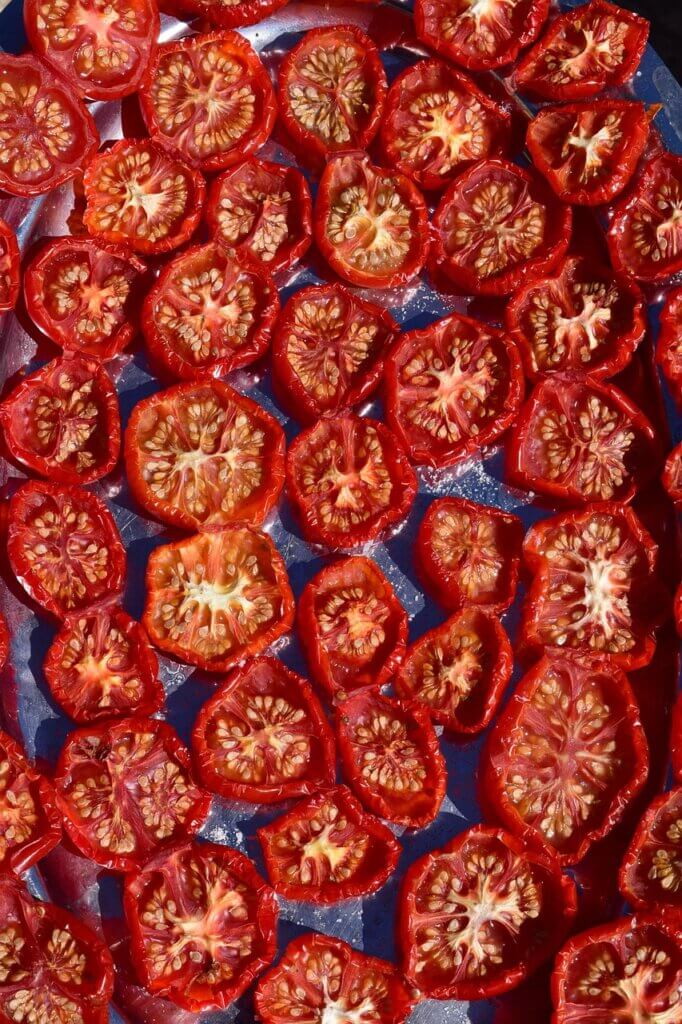
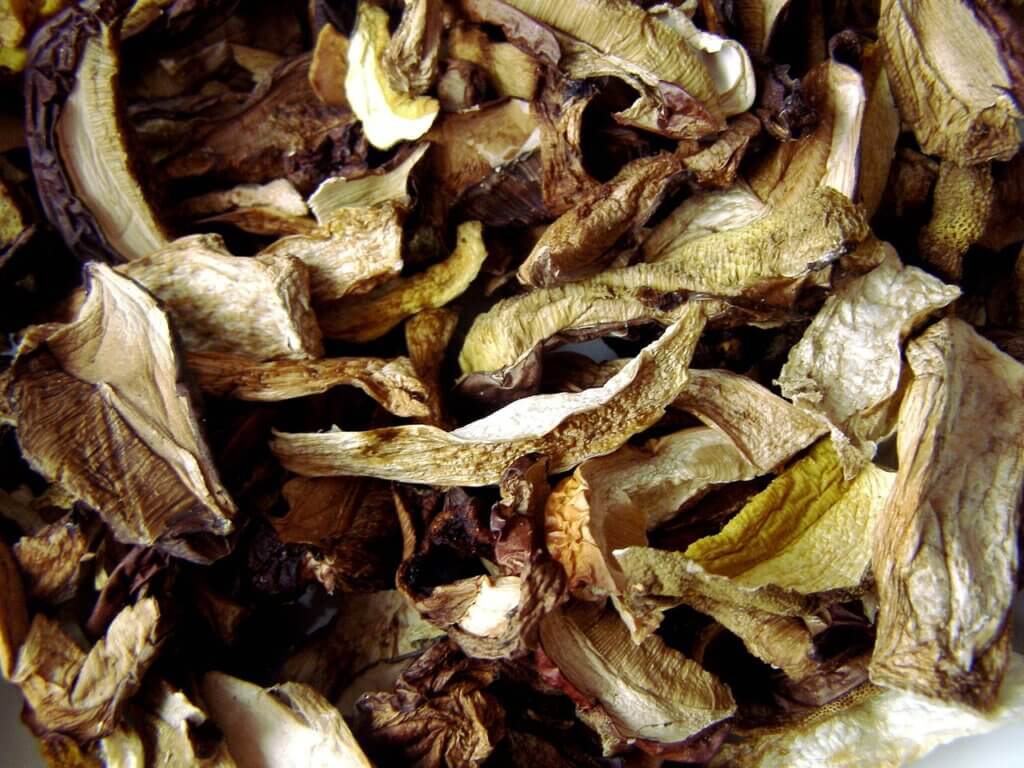
How can you use dried fruit and vegetables?
In moderation, dried fruit and vegetables are an excellent snack between meals and a healthy alternative to sweets. The former is also a tasty addition to muesli or porridge as well as sauces and compotes. And you can even find the odd dried fruit in cakes and confectionery.
Dried apple peel and medicinal herbs are turned into delicious teas. Dried mushrooms and dried vegetables are used in various dishes – from soups and sauces to rice and pasta dishes.
Speaking of soup: finely grind dried vegetables, mix them with a little salt – and you’ll have your own soup powder in no time. You can also quickly make your own herbal salt: Just mix salt and dried herbs and you’re done.
Related posts:
Fermenting vegetables: Old craft rediscovered
Apple chutney and pear compote – preserving with pleasure
Smart cooking: how kitchen appliances are revolutionizing everyday life


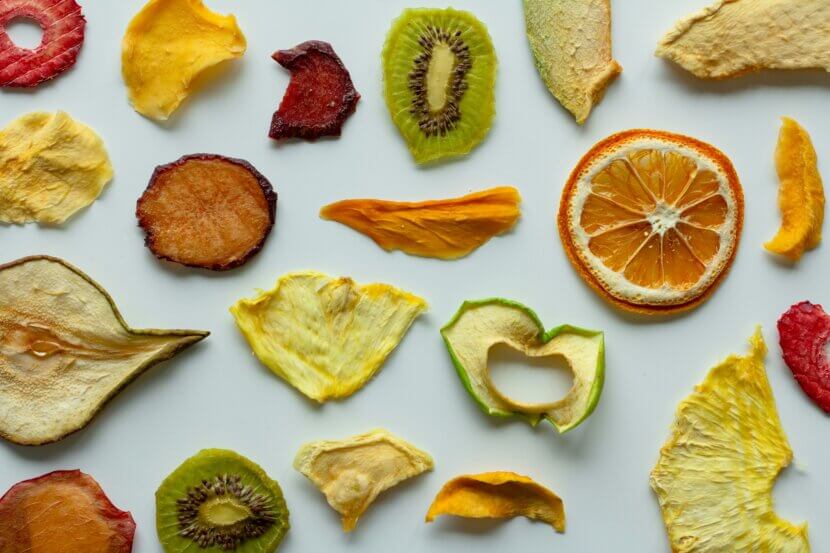

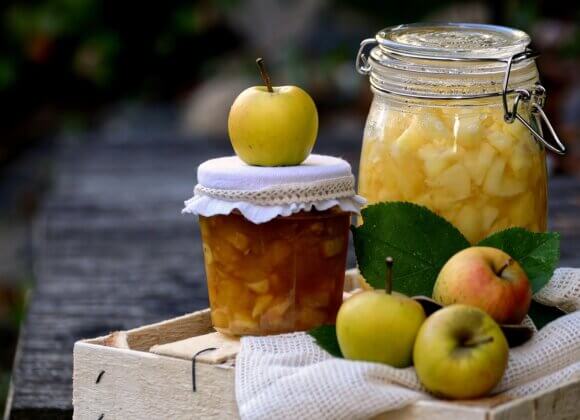
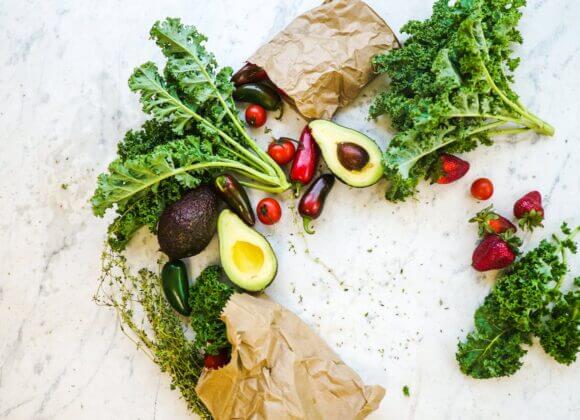
![Home cooking reloaded incl. competition Christoph_Krauli_Held©Monika_Loeff_19285[1]](https://myhome.at/wp-content/uploads/2025/09/Christoph_Krauli_Held©Monika_Loeff_192851-580x420.jpg)

